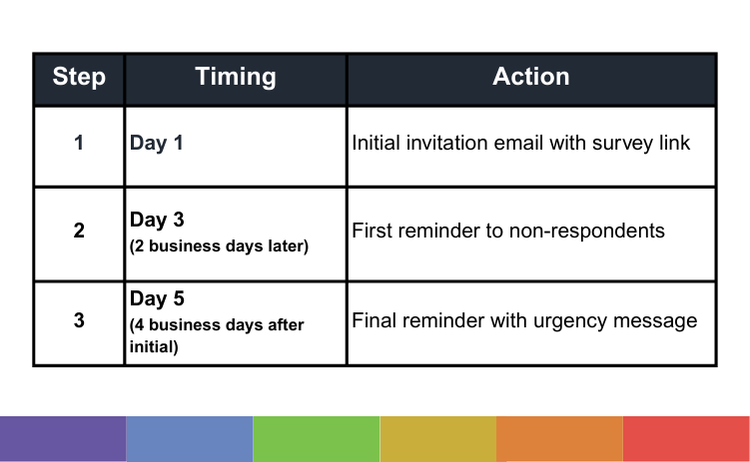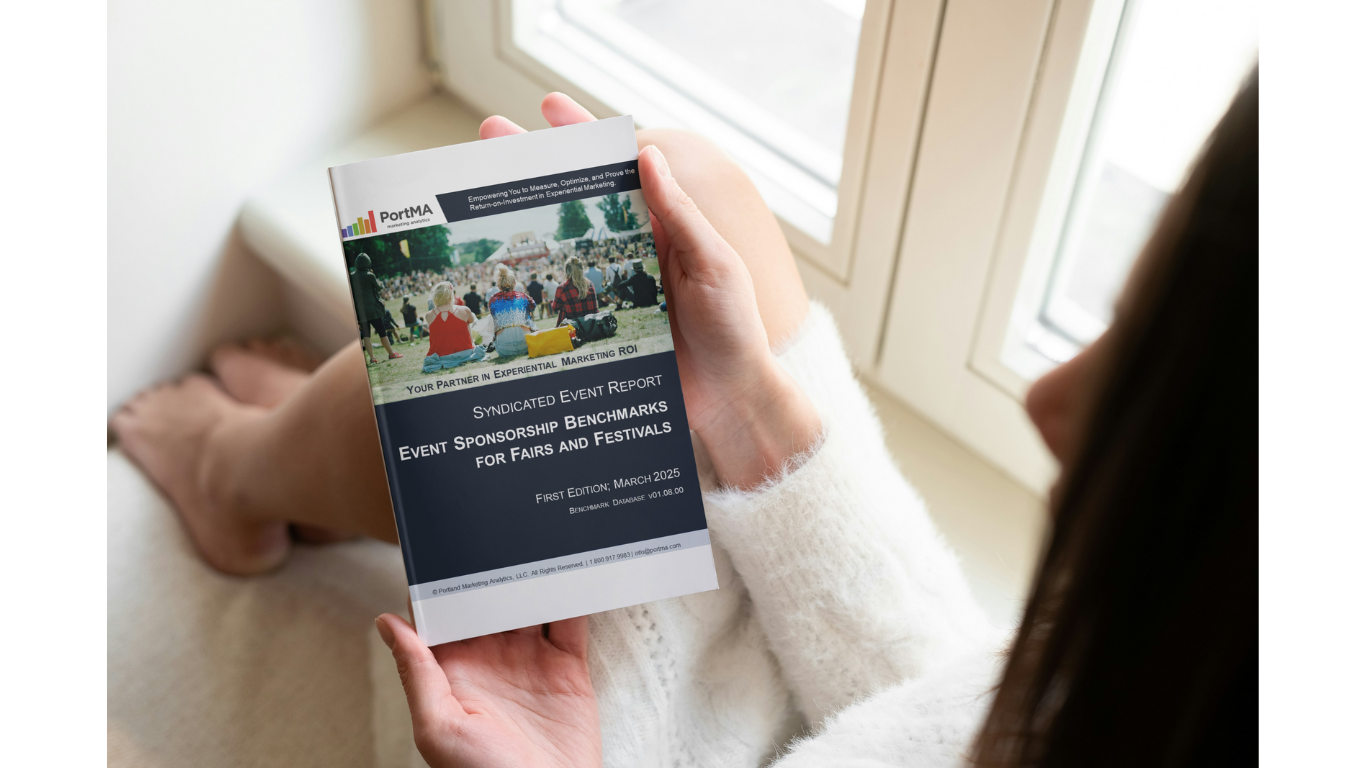
Post-event email surveys are a valuable tool for gathering insights on brand recall, messaging effectiveness, and attendee behavior. While onsite surveys are often the preferred method for data collection, email surveys offer an effective alternative, especially when you have access to a large pool of email addresses. However, achieving high response rates can be challenging. Below are actionable strategies to ensure your email surveys are effective and yield meaningful results.

Download Your Free Sample Report & Benchmark Your Sponsorship ROI
See how top brands measure sponsorship success. This sample report gives you a sneak peek into industry benchmarks, helping you optimize your sponsorship strategy and justify budgets with data.
Estimated reading time: 5 minutes
Table of Contents
- Download Your Free Sample Report & Benchmark Your Sponsorship ROI
- Key Steps for Email Survey Deliverability
- Three Proven Strategies to Boost Email Open Rates
- How to Optimize Survey Click-Through Rates
- Best Practices for Survey Design
- Three Winning Strategies for Survey Follow-Up
- Innovative Tactics for Small-Population Surveys
- Turn Feedback Into Fuel, Make Every Post-Event Survey Count
Key Steps for Email Survey Deliverability
The first step in ensuring your email surveys are effective is to ensure they reach your intended recipients. To improve deliverability:
- Monitor Deliverability Rates: Aim for a deliverability rate of 95% or higher. If your rate drops below 90%, reevaluate how email addresses are being collected and check for potential issues.ns blindfolded. These insights are crucial for transforming your strategy into a data-driven success.
- Check Your Spam Score: Use tools to analyze your email content, including subject lines and sender details. Avoid using words or phrases like “win dollars” or sending graphics-only emails, as these can increase your spam score and reduce deliverability.
Three Proven Strategies to Boost Email Open Rates
The open rate is a key factor in driving survey responses. To improve open rates:
- Use a Recognizable Sender Name: Ensure that the email comes from a trusted brand or a familiar individual. Avoid using generic sender addresses, such as info@company.com.
- Write Clear and Relevant Subject Lines: Tailor subject lines to the recipient’s experience. For example, if the recipient attended the Ohio State Fair, a subject line like “We’d love your feedback on the Ohio State Fair” can resonate more effectively.
- Personalize the Subject Line: Including the recipient’s first name in the subject line can make your email feel more personal and increase open rates.
How to Optimize Survey Click-Through Rates
After recipients open your email, you need to motivate them to click on the survey link and complete it. Here’s how:
- Reinforce the Value Proposition: Once participants are on the survey page, remind them of the purpose and benefit of completing the survey.
- Highlight the Value of Participation: Clearly explain why completing the survey is worthwhile. For instance, emphasize how their feedback will be used or offer an incentive, such as a drawing for a $50 Amazon gift card. Incentives like this have been shown to boost response rates significantly.
- Keep the Survey Short: Match the expectations set in the email. If you promise a quick survey, ensure it takes only a few minutes to complete.
Best Practices for Survey Design
The way your survey is designed can have a big impact on response rates. Use these best practices:
- Set Clear Expectations: Inform participants of the survey’s duration and the benefits they will gain from completing it.
- Limit the Number of Questions: Keep the survey concise, ideally limiting the number of questions to 12 or fewer. Longer surveys, especially those with open-ended questions, tend to have higher drop-off rates.
- Ensure Consistency: Make sure the language and tone of the survey match the email invitation to create a seamless experience.
Three Winning Strategies for Survey Follow-Up
A strategic follow-up sequence can help maximize response rates. Consider the following three-step approach:
- Initial Invitation: Send the first email with a clear and direct invitation to participate in the survey.
- First Reminder: Two business days later, send a reminder to those who haven’t clicked on the link.
- Final Reminder: Four business days after the initial email, send a final reminder emphasizing that time is limited to participate.

This method ensures that your survey remains a priority for recipients without overwhelming them. When feasible, work to include at least one weekend between reminders and avoid Mondays or Fridays. Tuesday, Wednesday, and Thursday mailings tend to have the strongest response.
Innovative Tactics for Small-Population Surveys
When working with a smaller pool of participants, offering a guaranteed incentive can be a practical approach. For instance, provide a $10 Amazon gift card to the first 200 respondents. This approach ensures you collect enough responses while managing costs within your budget.
Turn Feedback Into Fuel, Make Every Post-Event Survey Count
Post-event email surveys are a practical way to gather valuable insights. By focusing on email deliverability, crafting engaging and clear messages, optimizing survey design, and implementing a thoughtful follow-up strategy, you can achieve high response rates and collect meaningful data. These practices will help you better understand attendee experiences and improve the effectiveness of your marketing efforts.

Download Free Sample Report Today to access comprehensive insights and boost your sponsorship ROI.
Click to Read More and Download